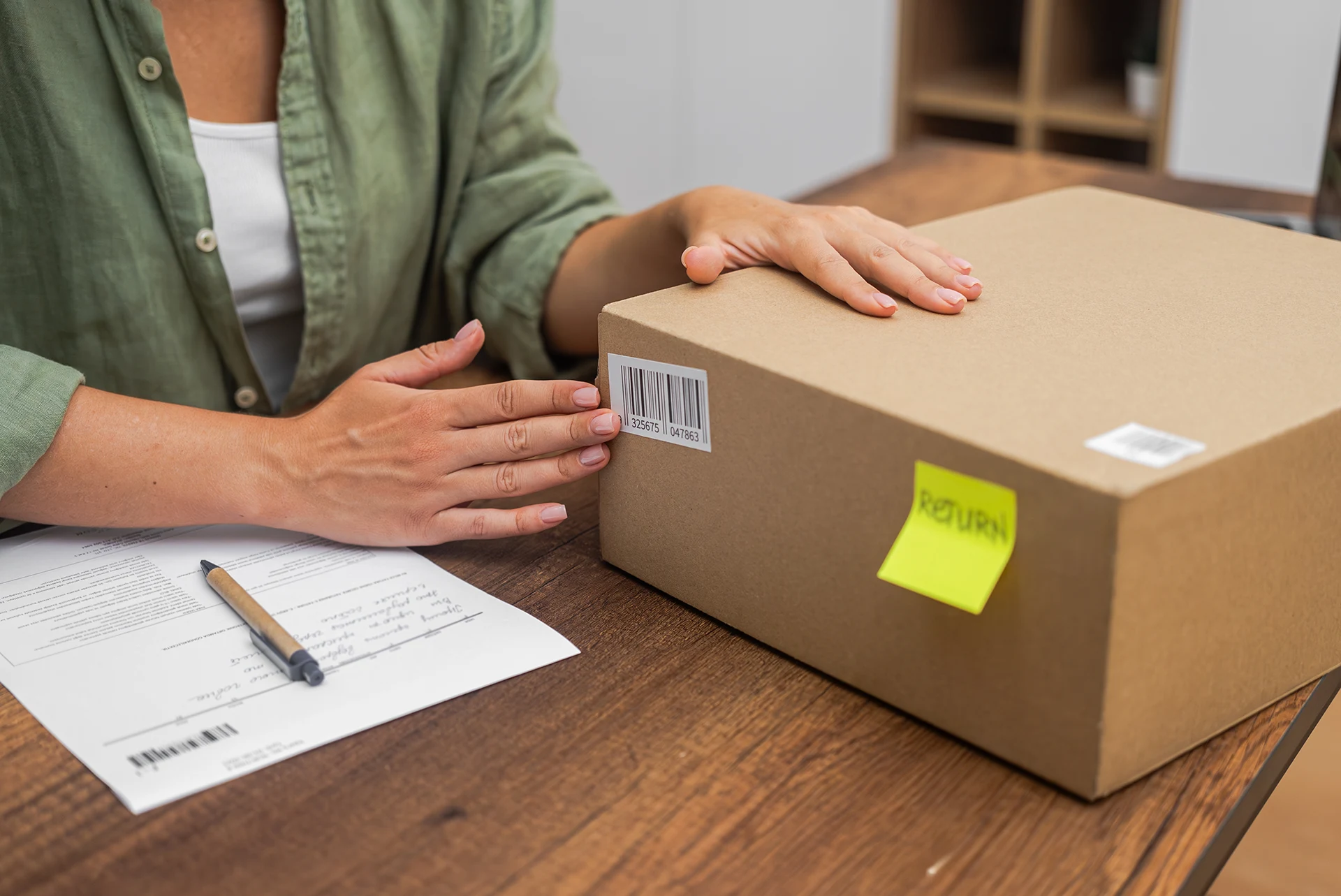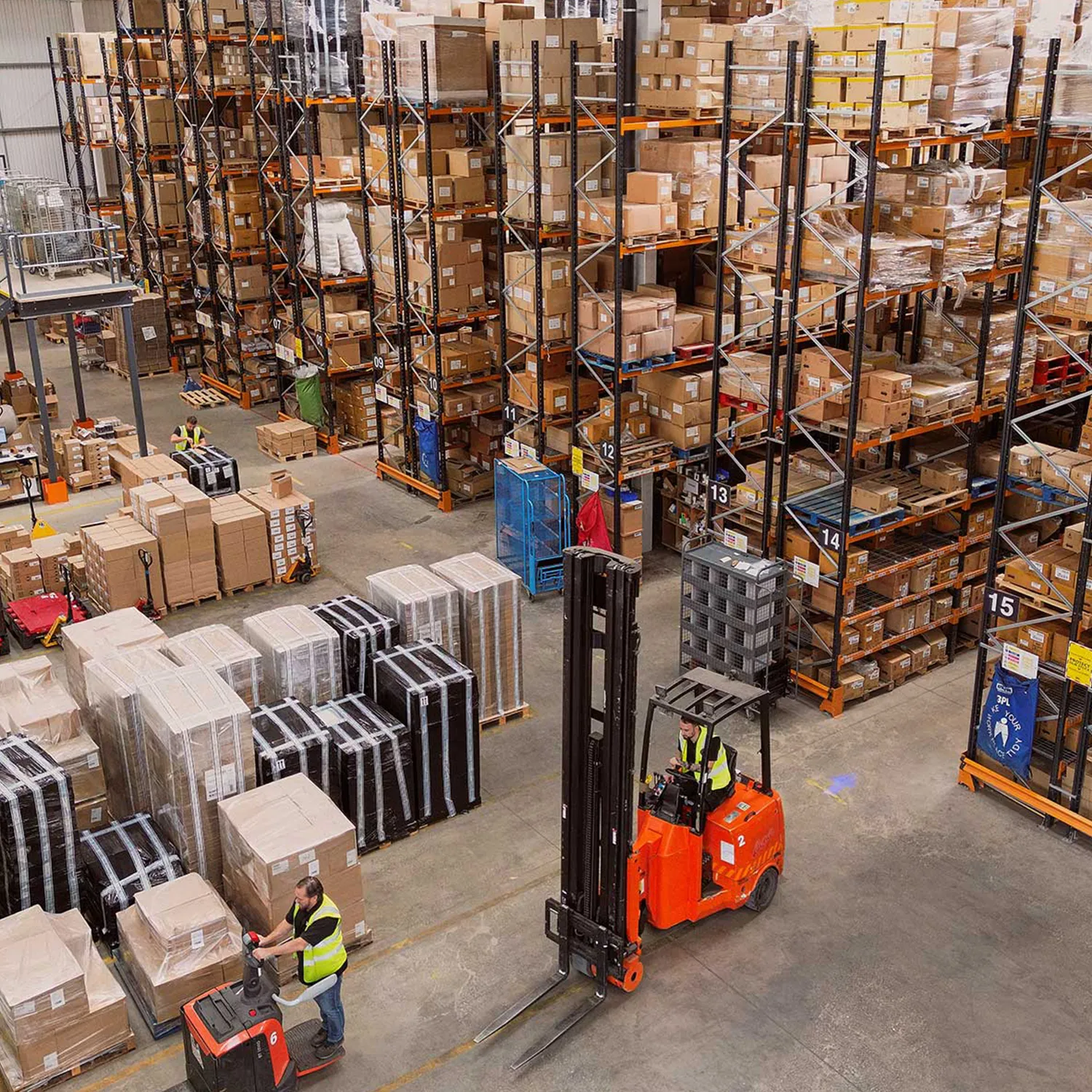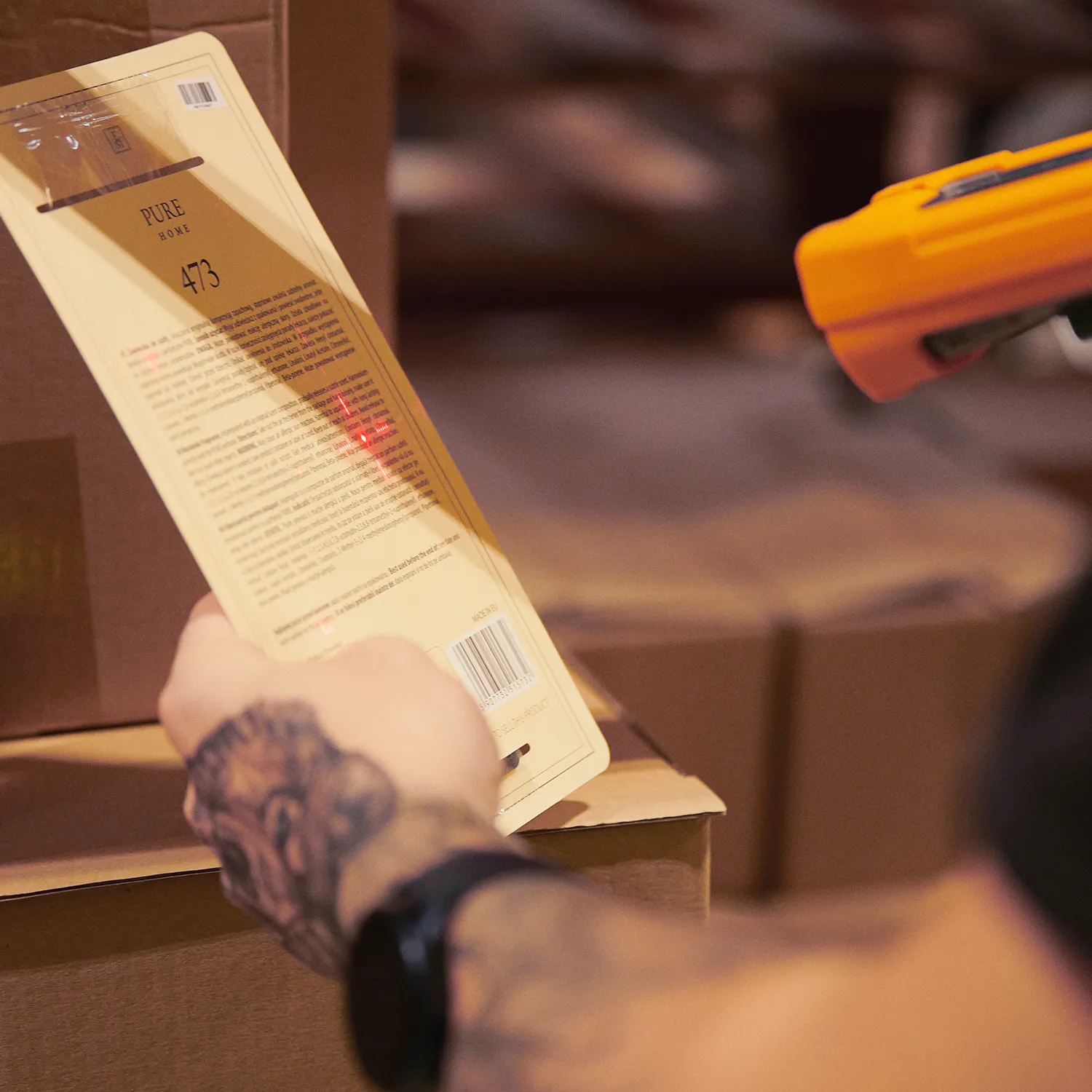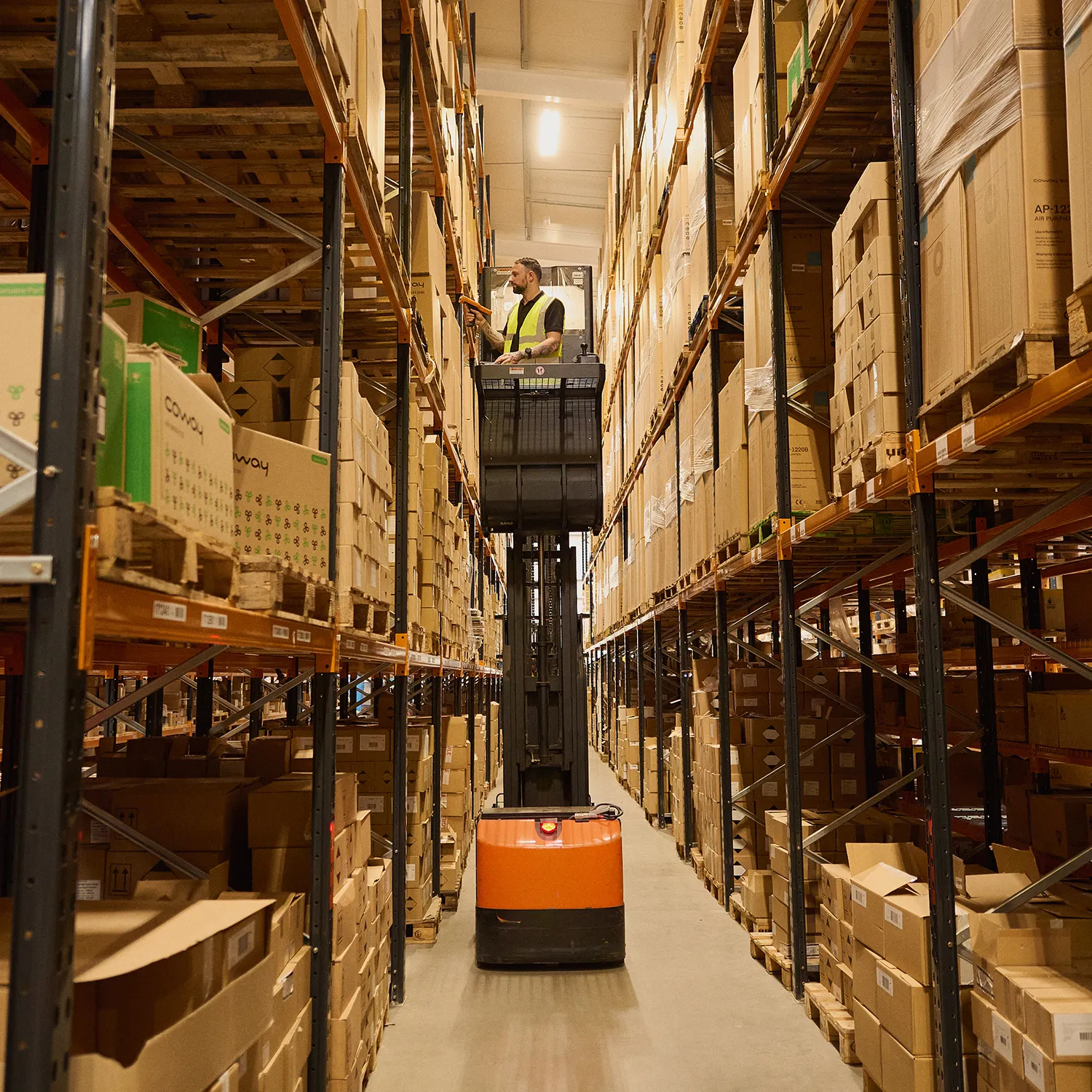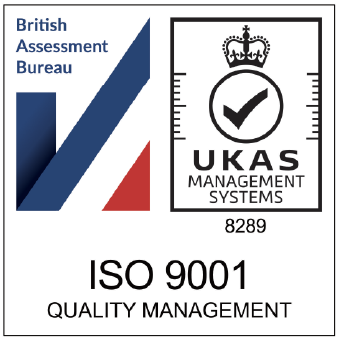Article Overview
This article covers everything in an effective reverse logistics strategy. Customer-friendly returns policies and technology for quick processing are the foundations of successful holiday returns management. You’ll learn the quickest way to handle the post-holiday rush.
Holiday shopping excitement creates a massive wave of returns that can overwhelm businesses. Return rates jump dramatically to 30% after the holidays, while normal rates stay between 8-10% during the year.
Reverse logistics helps businesses revolutionise this challenge into a chance for growth. The right strategies and systems can turn returns management from a process that gets pricey into a competitive edge that builds customer loyalty and protects profits.
Designing a Customer-Centric Returns Experience
A customer-centric returns experience starts with understanding what shoppers want. Our data shows that 67% of shoppers look at the returns page before buying anything. Getting this right is vital for business success.
Crafting clear returns policies
A well-laid-out returns policy builds trust rather than just listing rules. The numbers speak for themselves – 78% of customers who return a product will buy from that seller again after a positive experience. Our customer-friendly policy includes:
- Clear eligibility criteria and timeframes
- Simple, jargon-free language
- Transparent refund processes
- Detailed steps for returns initiation
- Any applicable fees or restrictions
Implementing omnichannel returns options
Flexibility makes all the difference in returns management. Studies show that 81% of customers prefer self-service options. We meet customers where they are through in-store returns for online purchases and multiple drop-off options.
Providing real-time returns tracking
Up-to-the-minute data analysis has become a necessity in modern reverse logistics. Our research shows that 85% of consumers shop more with retailers who let them track returns throughout the process. We keep customers informed at every stage through automated email and SMS updates.
These three pillars help us build customer loyalty rather than just processing returns. The numbers tell the story – 95% of customers value a smooth returns process and stay loyal to brands that provide it.
Preventing Returns Through Smart Strategies
Preventing returns works better than handling them after the fact. Our information shows that knowing return patterns helps us write better product descriptions online and spot quality problems that need fixing.
Improving product descriptions and imagery
Good product visualisation is vital – 83% of customers will return a product if what they receive doesn’t match the online images. Better product images help sales and cut down returns. Photos showing multiple angles and detailed specs deliver amazing results. Studies show that high-quality product photos can boost conversions by up to 40%.
Implementing size and fit technology
Poor fit leads returns, with 56% of customers sending back products because they don’t fit right. We tackle this challenge with innovative answers:
- Complete sizing charts and fit guides
- Virtual try-on technology
- AI-powered size recommendations
- Immediate fit feedback integration
Using customer feedback for product improvements
Customer feedback guides our path toward getting better. Return data reveals patterns that shape future product upgrades. Research reveals that 70% of consumers think a positive returns process matters in their shopping experience.
These strategies have brought substantial improvements. Retailers who use advanced sizing technology see up to a 24% reduction in returns within just three months. High-volume customers, often our most valuable ones, make more returns – spending about £200.92 yearly compared to £8.74 for occasional shoppers. This knowledge helps us shape prevention strategies while keeping good relationships with our best customers.
Building an Efficient Returns Network
Building a quick returns network needs good planning and smart execution. Our research reveals that return processing costs about two-thirds of the original sale price after adding labour, transportation, and warehousing expenses.
Selecting strategic returns centre locations
Centralised returns centres give us better control over the returns process. A dedicated returns centre, inside our distribution facility or as a standalone location, reduces disruptions to regular fulfilment operations. This lets us scan items right when they arrive and keeps them moving through the supply chain quickly.
Partnering with 3PL providers
Third-party logistics (3PL) providers have revolutionised our returns management. Here’s how 3PLs improve our operations:
- Optimised processing with dedicated returns teams
- Advanced technology platforms that provide immediate tracking
- Better carrier rates that save costs
- Extra capacity during peak seasons
Managing cross-border returns effectively
Cross-border returns create unique challenges. Our data shows these returns take longer and need more handling points than domestic ones. We’ve developed several strategies that handle these complexities:
Clear documentation and customs compliance come first because returns face extra scrutiny without original invoices. Our technology solutions now automate the returns authorisation process and give us immediate tracking capabilities.
Local return centres in key markets help us cut shipping expenses and processing times. This strategy works especially well since international returns need extra steps like re-importing goods and handling various customs regulations.
These three key areas helped us build a strong returns network that supports growth and stays efficient. Our strategic collaborations with logistics providers have optimised the whole process from collection to sorting and analysis of customer returns.
Leveraging Technology for Returns Management
Technology powers our reverse logistics operations and helps us process returns quicker than before. Our advanced systems have proven that the right tech stack can cut return processing times in half.
Implementing returns management software
Returns management software acts as the command centre of our returns operation. Our system helps us:
- Centralise returns tracking and documentation
- Assess product condition automatically
- Generate instant return authorisations
- Analyse return patterns and trends
- Process refunds quickly and accurately
Data shows that returns management software can reduce operational costs by up to 20% while customer satisfaction rates improve by a lot.
Is it time to review your returns process?
Becoming skilled at reverse logistics for holiday returns needs careful planning and smart execution in several key areas. A customer-focused returns strategy works best when combined with prevention measures and efficient networks. Together these create a strong foundation to succeed.
The numbers tell a compelling story. Research shows that 67% of shoppers check return policies before making a purchase. Companies that adopt technology can cut processing times by 50%. These findings demonstrate that good returns management builds customer trust and protects profits.
Well-planned returns management leads to loyal customers, lower operational costs and efficient processes. Businesses that handle reverse logistics well transform a potential challenge into a competitive edge, particularly during busy holiday seasons.
The path to better returns management requires continuous improvement and adaptation. Your business should focus on clear policies and prevention strategies first. Build an efficient network and use technology strategically. When these elements work together, your company can process holiday returns smoothly while keeping customers satisfied and expenses in check.
Speak to 3PL about your eCommerce order fulfiment
It’s time to supercharge your ecommerce brand business and overtake your competitors. Speak to 3PL today and find out how we can take your ecommerce fulfilment to the next level.
